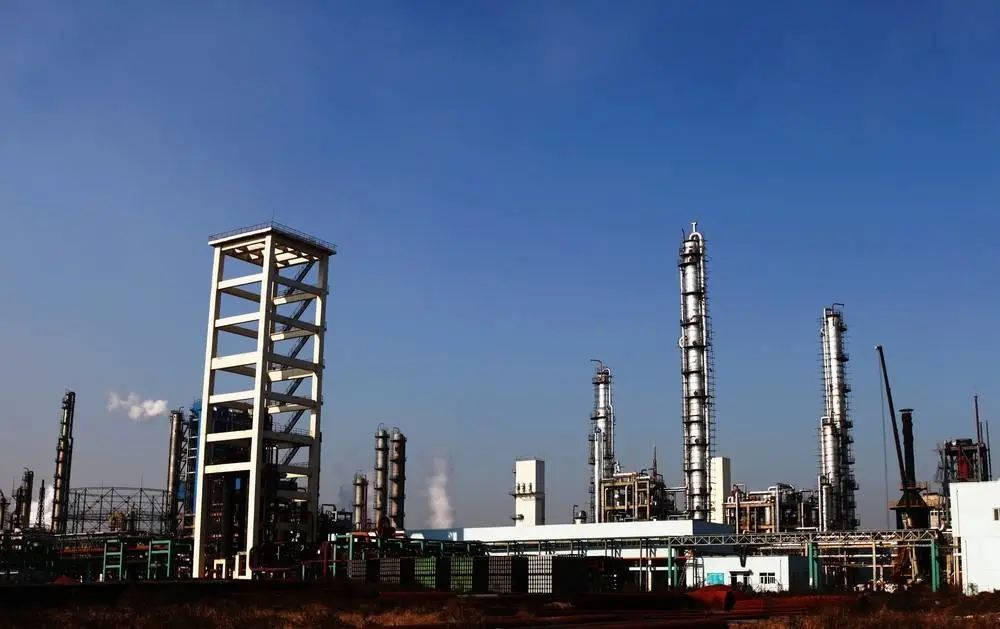Comprehensive Utilization Approach of Arsenic-Containing Chemical Waste Residues
The content of Fe, S and As in the chemical production waste residue is relatively high, and it also contains a certain amount of metal elements such as Zn, Pb, Ag, etc. It is an industrial waste residue with great comprehensive utilization value. 
Arsenic has special uses in agriculture, electronics, medicine, metallurgy, chemical industry and other fields, and can be used to prepare pesticides, wood preservatives, glass decolorizers, etc. At present, the market demand for arsenic is increasing, and the annual output of arsenic in the world (calculated as As2O3) is about 50,000 tons. my country’s “Hygienic Standards for Industrial Enterprises” stipulates that the maximum allowable mass concentration of arsenic in ground water is 0.04mg/L, and the daily average maximum allowable mass concentration of arsenic compounds (calculated as arsenic) in the atmosphere of residential areas is 0.003mg/m3. The industrial “three wastes” discharge trial standard stipulates that the maximum allowable mass concentration of arsenic and its inorganic compounds is 0.5mg/L. Using modern wastewater treatment technology, arsenic-containing wastewater can be easily discharged up to the standard. However, the pollution and harm to the environment caused by the solid arsenic-containing waste residues produced in the smelting process and the arsenic-containing residues produced by the treatment of waste water and waste acid have not been completely eradicated, and a large number of valuable metals have not been fully utilized. It is still far from the requirements of the environmental protection department. The problem of arsenic damage has been studied since the early 1970s. Japan, the former Soviet Union, Sweden and my country have done a lot of research work on arsenic removal, and have formed many effective methods to control arsenic damage.
Arsenic-containing solid waste residues mainly come from smelting waste residues (such as arsenic alkali residues, arsenic-containing soot), arsenic-containing tailings, arsenic-containing wastewater and waste acid sediments, arsenic-containing wastes from the electronics industry, and arsenic-containing anodes produced during electrolysis. Mud etc. Smelting slag (especially the arsenic-alkali slag produced in the process of antimony smelting) has high arsenic content and serious pollution. From the perspective of the entire non-ferrous metallurgical system, except for a part of the arsenic entering the smelter that is directly recovered into the product white arsenic (such as using high-arsenic soot to directly extract white arsenic), almost all other arsenic-containing intermediate products eventually enter the arsenic-containing waste residue. .
It has become a common practice to test the stability of harmful compounds by leaching test. At present, most countries use the “toxicity characteristic program test” (TCLP test) of the US Environmental Protection Agency to test. In this experiment, the harmful solid waste and the acetic acid buffer solution with pH=5 were mixed according to the liquid-solid mass ratio of 20:1, and the reaction was carried out under the condition of a stirring intensity of 30 r/min for 20 hours. After the liquid-solid separation, the content of harmful elements in the leachate was analyzed concentration. When the arsenic-containing solid material passes the TCLP test, when the arsenic content in the leachate is higher than 5 mg/L, the arsenic-containing waste must be treated and cannot be directly discharged. The TCLP test is a short-term experimental method under specific conditions, which cannot fundamentally evaluate the long-term stability of hazardous materials. Long-term experiments simulating arsenic-bearing ores under natural weathering conditions have been proposed and applied to the stability evaluation of some arsenic-bearing solid wastes. In fact, the long-term stability of arsenic-containing waste is affected by many factors, such as the characteristics of the arsenic-containing material itself, the influence of oxygen, sulfide, and chloride and organic complexing agents in the environment.
There are two methods for treating arsenic-containing solid waste:
One is to use fire methods such as oxidative roasting, reduction roasting and vacuum roasting, and the arsenic is directly recovered in the form of white arsenic; It is separated, and then further treated by sulfidation or other harmless treatment. Wet arsenic removal includes physical removal of arsenic and chemical removal of arsenic. Arsenic extraction by fire method has low cost and large processing capacity, but if the production process is not well controlled, it is easy to cause secondary pollution of the environment; wet extraction of arsenic can meet the requirements of environmental protection, and has the advantages of low energy consumption, less pollution and high efficiency, but the process It is more complicated and the processing cost is relatively high.
At present, the wet arsenic removal process of chemical precipitation method is widely used, and the effect of removing arsenic is also the best. In recent years, there have been many studies using this method to treat arsenic-containing solid waste.
